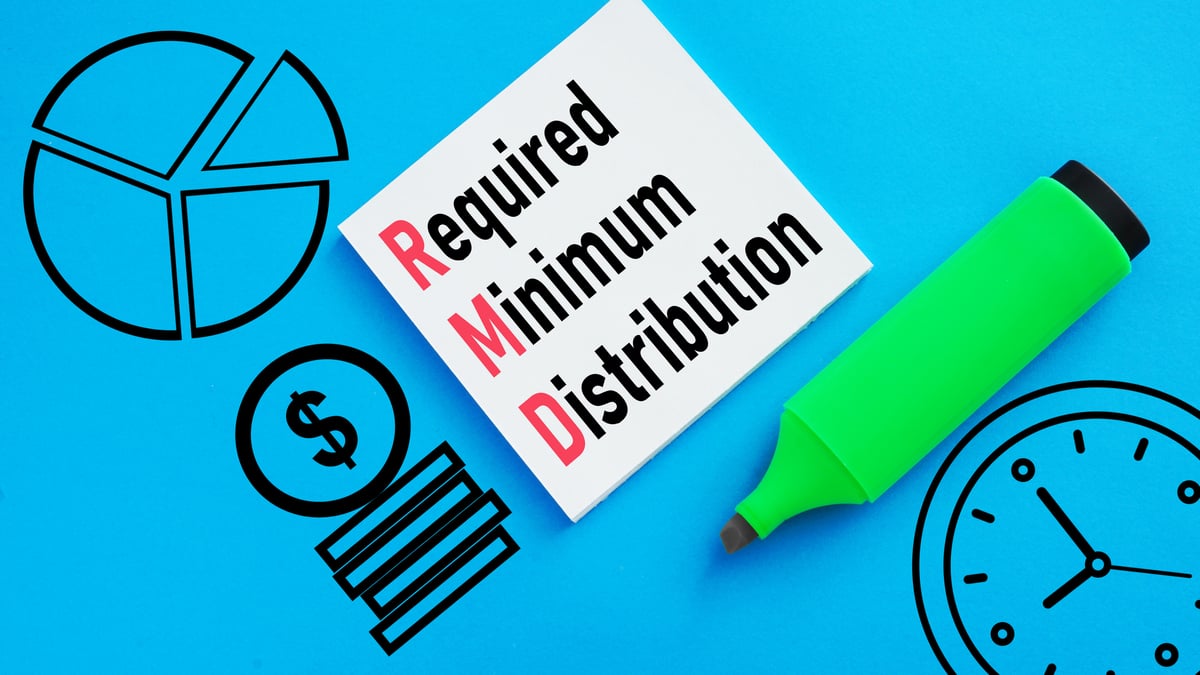Though healthcare is expensive for Americans across the board, it can be especially taxing for families with children. If you're in the latter camp, you're probably eager to save as much money on medical costs as you can. But if you don't contribute to a tax-advantaged healthcare account, you'll miss out on a key opportunity to reduce that financial burden.
Unfortunately, recent data from Aflac reveals that 26% of families did not contribute to a flexible spending account (FSA) or health savings account (HSA) over the past two years. And that's a mistake they regret.
If you have the option to save in an FSA or HSA, it pays to take advantage of it. You'll reap a world of tax savings, which will do one important thing: put more money back in your pocket.

Image source: Getty Images.
It pays to fund a tax-advantaged health plan
Both FSAs and HSAs let you contribute pre-tax dollars to pay for medical expenses. Your associated savings, meanwhile, are a function of the tax rate that applies to your earnings. If you fall into the 24% tax bracket and contribute $2,000 to either account, you'll save $480 automatically, which is reason enough to fund one of these plans.
FSAs and HSAs work differently, though. With an FSA, you're limited to $2,750 this year in total contributions, and your funds must be used up by the end of your plan year or otherwise forfeited. As such, if you max out your FSA, you run the risk of not incurring enough expenses to deplete your balance, and losing money in the process.
HSAs, meanwhile, let you contribute funds that don't expire. In fact, you can take the money you don't need for near-term healthcare expenses and invest it for tax-free growth. As such, the risk of overfunding your account doesn't come into play as it does with an FSA.
That said, not everyone can contribute to an HSA. To do so, you must be enrolled in a high-deductible health insurance plan with an annual deductible of $1,400 or more at the individual level, or $2,800 or more at the family level. Your plan must also have an annual out-of-pocket maximum of $6,900 for individual coverage, or $13,800 for family coverage.
If you qualify for an HSA, you can contribute up to $3,550 this year as an individual, or up to $7,100 on behalf of a family. And if you're 55 or older, you get a $1,000 catch-up on top of the limit you qualify for, similar to the catch-up available to older savers in tax-advantaged retirement plans like IRAs and 401(k)s.
Reap those tax savings while you can
If healthcare is a major expense in your budget, which it probably is, especially with kids in the mix, then you don't want to pass up the opportunity to make it a bit more manageable by funding an FSA or HSA. Though these plans won't help you pay less when you fill a prescription or visit the doctor, they will produce a fair amount of tax savings, and by virtue of that alone, you come out ahead.





